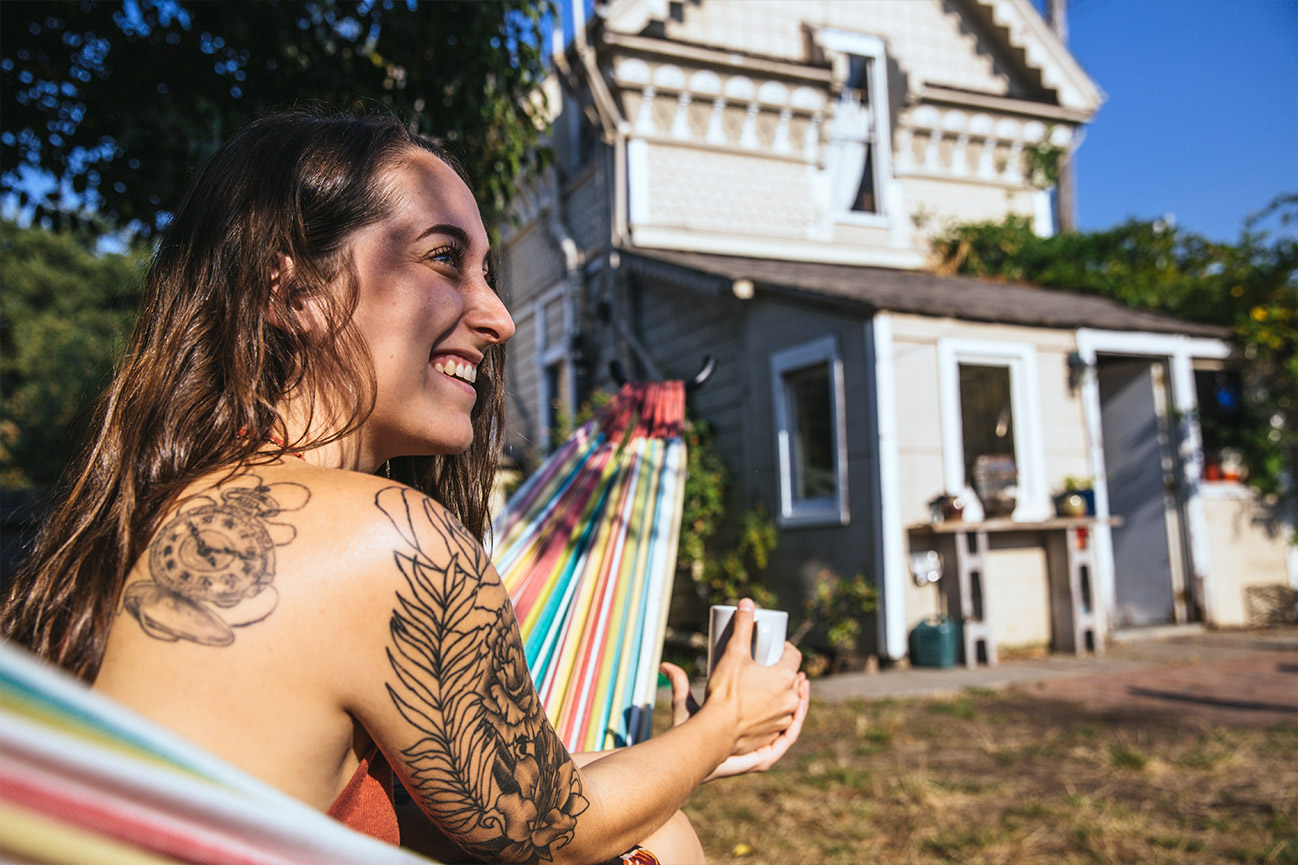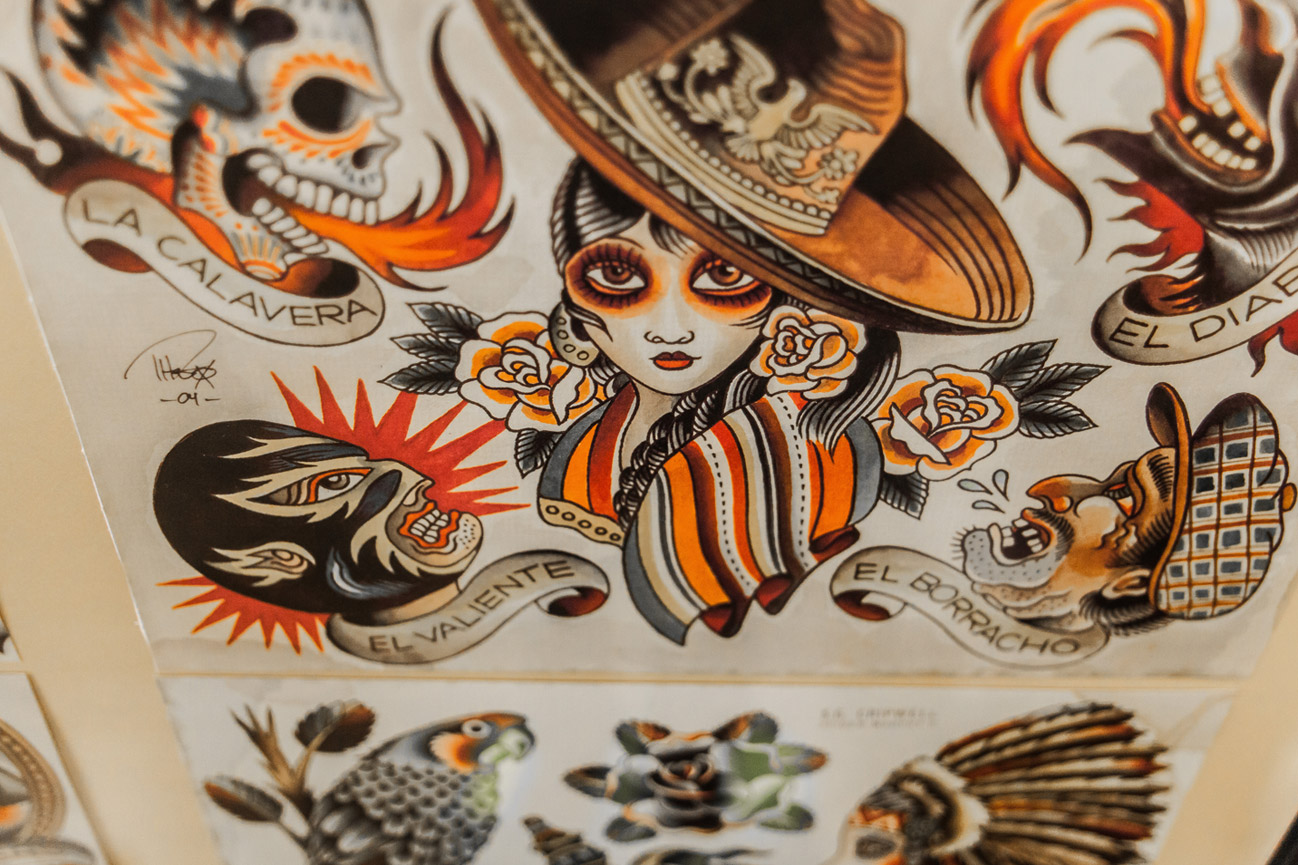Introduction: Tattoo Aftercare: Summer Healing Tips and Sun Risks
Thinking about getting tattooed this summer? You’re not alone. Summer is a popular time for tattoos—people are wearing less clothing, taking time off work, and leaning into spontaneous plans. But while summer is great for showing off your new ink, it’s also one of the most challenging times of year to properly heal a tattoo. Heat, UV rays, sweat, and water exposure can all interfere with the healing process and put your tattoo at risk. That doesn’t mean you need to skip summer sessions altogether, but it does mean you’ll need to be a lot more strategic about when you book and how you heal.
Tattoo Healing: Can You Swim with a New Tattoo?
No, you absolutely should not swim with a fresh tattoo. This is one of the most important summer aftercare rules to understand. Whether it’s a pool, lake, river, hot tub, or ocean—swimming after a tattoo can expose your healing skin to chemicals, bacteria, and moisture that can cause serious complications. Even a quick dip can compromise your tattoo and lead to irritation, infection, or color loss.
Pools are particularly damaging because of chlorine, which dries out the skin and can strip away fresh ink. Chlorine is also an irritant, meaning it can inflame the area and interfere with proper scabbing and healing. Natural bodies of water like lakes and oceans are no better—they’re filled with microorganisms and bacteria that can easily find their way into your open skin. And hot tubs? Warm, shared water filled with germs is a worst-case scenario for an unhealed tattoo.
Most tattoo artists recommend waiting at least two weeks before exposing a tattoo to any kind of submersion, but full healing may take longer depending on the placement, size, and your personal healing rate. When in doubt, follow your artist’s advice and hold off on the swim. It’s not worth the risk.
How to Care for a Tattoo in Summer
Good aftercare is always important, but summer healing demands even more attention. With higher temperatures, increased sweating, and a constant risk of sun exposure, your tattoo is going to need some extra protection to heal properly. The key is to keep your tattoo clean, dry, and shielded from the elements during its most vulnerable phase.
Start by keeping your tattoo completely out of direct sunlight. For the first two to three weeks, you’ll need to avoid UV exposure altogether. That means no tanning, no sunbathing, and no long walks with your new ink uncovered. Even after your tattoo begins to scab and flake, sunlight can still cause damage if the skin hasn’t fully healed. The safest option is to wear loose, breathable clothing made from natural fibers like cotton or bamboo—materials that won’t stick to the tattoo or trap heat and sweat.
You’ll also need to keep the area clean and moisturized without overdoing it. Wash your tattoo gently with fragrance-free soap, using lukewarm water and your hands—no rough washcloths or loofahs. After rinsing, pat the area dry with a clean towel and apply a thin layer of aftercare ointment or lotion recommended by your artist. Reapply throughout the day as needed, especially if the tattoo starts to feel dry or itchy.
Sweat is another factor to manage. While light activity is fine, try to avoid heavy workouts or intense movement that causes the area to become damp and hot. If you do sweat, clean the tattoo gently and allow it to fully dry before applying more moisturizer. The goal is to keep the skin calm, cool, and as undisturbed as possible.
When Can You Use Sunscreen on a Tattoo?
Tattoo sun exposure is one of the top reasons summer tattoos heal poorly or fade too fast. But here’s the thing: you should not apply sunscreen to a new tattoo until it’s completely healed. That usually means waiting at least 4–6 weeks, though healing time can vary depending on your skin, the tattoo size, and the placement.
Until your skin has fully closed and stopped flaking or peeling, sunscreen can do more harm than good. It can clog pores, trap bacteria, or irritate the raw skin. Once you get the all-clear from your artist—or when the tattoo looks and feels fully healed—you can start using sunscreen to prevent long-term fading.
Look for a tattoo-safe sunscreen that is broad-spectrum, SPF 30 or higher, and free of fragrances or harsh chemicals. Mineral sunscreens with zinc oxide or titanium dioxide are often gentler on tattooed skin and won’t cause reactions. Apply it generously anytime you go outside, and don’t forget to reapply if you’re sweating or spending extended time outdoors. Even healed tattoos can fade from sun exposure over time, so making sunscreen part of your long-term care routine is one of the best things you can do to protect your ink.
Best Tattoo Placements for Summer Healing
If you’re planning on getting tattooed in the summer, placement matters. Some areas of the body are much easier to protect from the sun, sweat, and friction than others. Choosing a spot that’s easy to cover and less exposed to movement can make your aftercare routine way more manageable—and reduce your chances of complications.
Easier placements to manage in the summer:
- Inner upper arm: Easy to cover with short sleeves and doesn’t rub much.
- Upper thigh: Often covered by shorts or loose pants.
- Ribs or torso: Less exposed to sunlight and doesn’t sweat as much if you wear breathable fabrics.
- Upper back: As long as you’re not going shirtless, it stays relatively protected.
More difficult placements in summer:
- Hands and fingers: Constant exposure and movement make them hard to protect.
- Feet and ankles: Flip-flops and sandals can rub against the skin, and outdoor surfaces can expose them to bacteria.
- Neck, shoulders, and chest: High sun exposure and clothing friction can make healing harder in these spots.
Choosing a placement that aligns with your summer habits can make all the difference in how well your tattoo heals.
Healing a Tattoo in Hot Weather: What to Expect
Healing a tattoo during the summer isn’t impossible—it just takes more effort. Hot weather can extend your healing time and create unexpected challenges. You might notice your skin feels itchier than usual, especially if you’re outdoors or in dry heat. Sweat and friction can also contribute to increased irritation, especially in high-movement areas. That’s why breathable clothing and good hygiene are so crucial this time of year.
The biggest thing to watch out for is overexposure. Even if you’re just walking from your car to a store, repeated sunlight on a healing tattoo can cause fading or discomfort. You may also experience delayed healing if your skin stays too damp for too long, so try to build in time to rest, cool down, and air out the tattoo whenever possible. Healing in the summer is totally doable—but it’s not a great time to be reckless.
Should You Wait Until Fall?
If your summer plans involve travel, outdoor concerts, swimming, or anything where your tattoo will be exposed or vulnerable, it might be worth holding off. There’s no shame in waiting until the weather cools down—it gives you more control over your environment, and that can lead to better healing and longer-lasting results.
But if you’re ready to follow all the rules, stay indoors for a couple of weeks, and protect your skin from the summer elements, then go for it. Just be honest with yourself. A tattoo is permanent. Waiting a month is better than rushing in and dealing with preventable issues later. If anything, summer is a great time to start planning, consulting with your artist, and booking for early fall.
Final Thoughts: You Can Get Tattooed This Summer—Just Heal Smart
Getting tattooed in the summer isn’t off-limits—it just comes with more responsibility. If you’re willing to take the healing process seriously and adjust your routine for a couple of weeks, there’s no reason your tattoo can’t heal beautifully, even in triple-digit heat. Stay out of the sun, skip the pool, keep the area clean and dry, and follow your artist’s instructions to the letter.
Your tattoo is an investment, and how it heals depends on how you treat it. Make smart choices now, and you’ll still love how it looks long after summer’s over.




